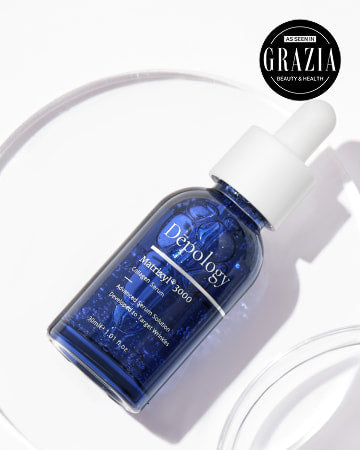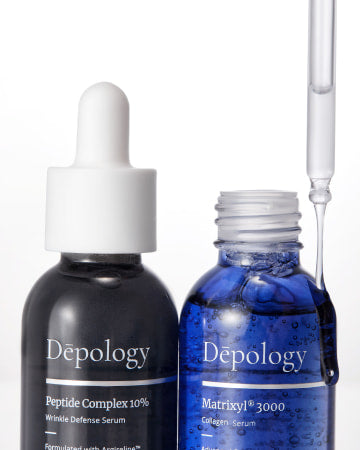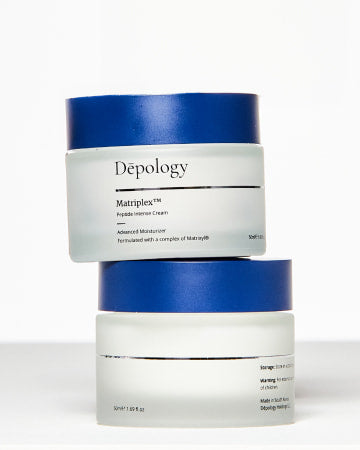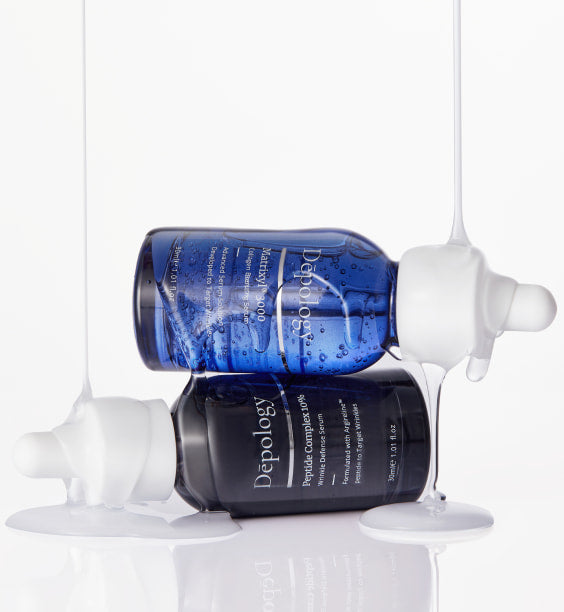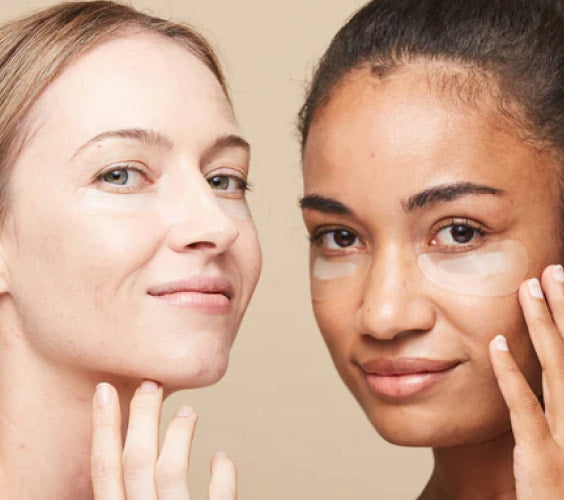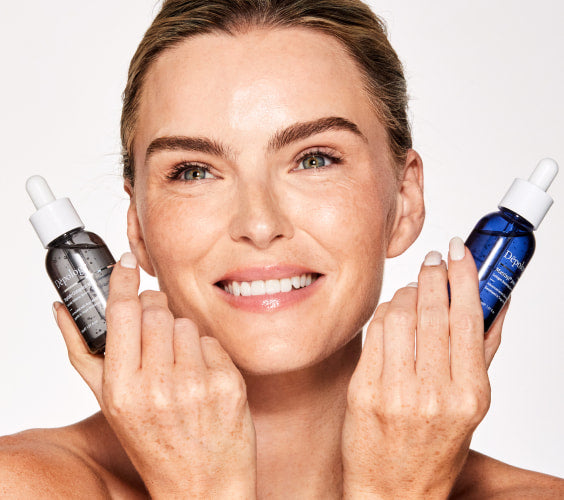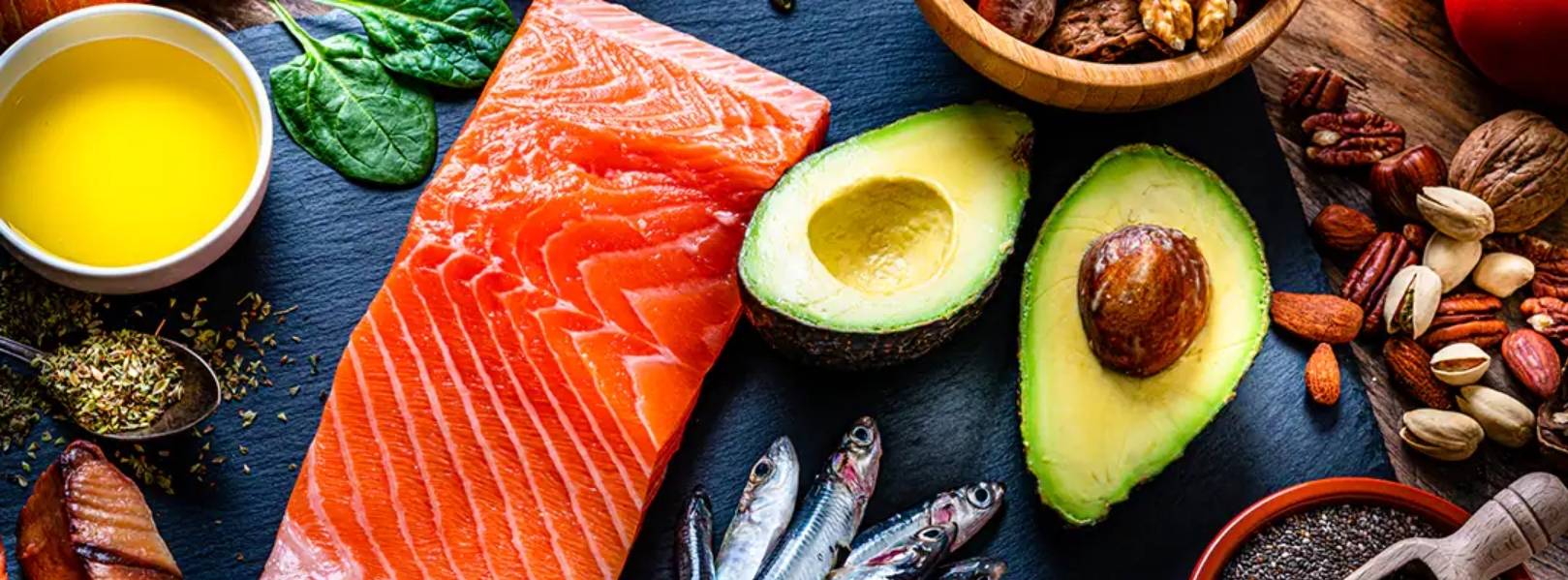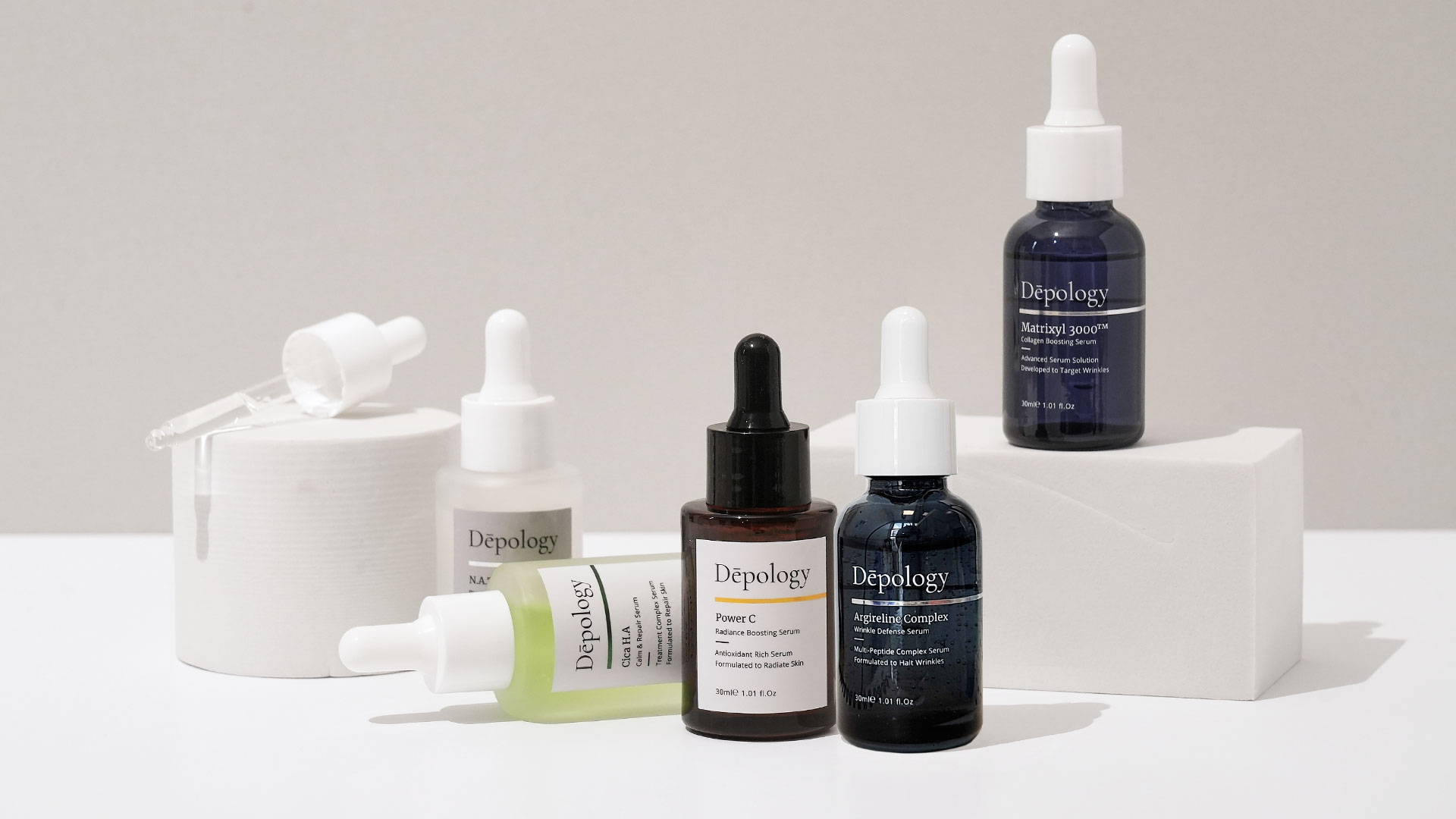**LIST OF BEST BENEFICIAL FOOD FOR SENSITIVE SKIN**
Raw stalks of asparagus have been proven to provide a range of benefits for your health and your skin. They contain **saponins**, which are **anti-inflammatory** compounds.
Not only are they great for anti-inflammatory purposes, but they are high in **antioxidants** and contain all your daily vitamins such as A, C, E, and K.
If that’s not enough, for those watching their calorie intake, these are great snacks to pop into the oven that is high in fiber, iron, and folate. Simple to cook, asparagus is low in calories so you don’t have to worry about going over your daily limit.
All that avocado toast you’ve been buying or homemade guacamole you’ve brought to parties has been paying off not only for your skin but also for your hair.
Avocados are insanely healthy for you, as they are high in **vitamins C and E**, and also **B**, which help to **calm the skin** and prevent inflammation.
If you’re looking for food to help reduce redness-prone skin, **oleic acid** and **chlorophyll** are found in these fruits, which help those with sensitive skin.
A healthy grain substitute for those avoiding gluten or who are sensitive to wheat, this fruit seed is related to the rhubarb and sorrel families. Both rhubarb and sorrel are filled with properties that promote **anti-aging** skin.
In buckwheat particularly, the plant pigment **rutin** helps to **strengthen the walls of blood vessels**.
Who said chocolate wasn’t healthy for you? It’s just about the way you consume your chocolate. Studies have shown that just 6-12 weeks of having cocoa powder each day resulted in **thicker, more hydrated skin**.
Products containing at least **70% cocoa** can help maximize benefits and results for the skin as well as reduce your overall sugar intake. Up to an ounce of cacao, each day contains more than enough for our daily iron needs. Dark chocolate has also been found to help with **UV protection and increased blood flow**.
**Sulfur**, found in cacao as well, helps to **prevent future acne breakouts** and to unclog your pores.
Berries are perhaps one of the healthiest snacks you can allow yourself to glutton over. These treats are **high in nutrients** while simultaneously being **low in sugar**, so you won’t be harming your skin by eating too many of them.
These fruits are jam-packed with **antioxidants** to help your skin fight against external agents and environmental harm, while also protecting your skin cells. The latter comes from the assistance of **vitamins C and E**, promoting radiance and much-needed nourishment.
So, don’t hold back on your berry addiction! Fun fact: by snacking on these healthy alternatives, you’ll be getting more vitamin C intake for the day than if you were to go for the oranges in your fruit basket!
You may have hated it as a kid, but there’s a reason your parents tried to force you to eat it. This vegetable is specifically full of the antioxidant **kaempferol**, which helps your skin fight **inflammation** and eases your immune system’s reaction to certain allergens.
Rather than asking what else broccoli contains, it’s a shorter answer to say what it doesn’t contain. Broccoli is rich in **vitamins A and C**, as well as **iron, calcium, and zinc**. With all of these factors, your skin will be well-protected from the sun and skin cells will be able to be properly repaired.
There is plenty of fish in the sea. That means there’s one out there that’s right for you. **Salmon, mackerel, herring**. You might want to start seeking it out as fish is one of the best things you can put into your body, especially when it comes to skincare.
Many of the fish mentioned above and several others are rich in their sources of **omega-3 fatty acids**. Omega-3 is an essential ingredient to keep your skin **moisturized, supple, and from losing its elasticity**.
Similar to the many benefits of other foods on this list, fish really seems to do it all in one bite. They’re a great source of **vitamin E** (one of the most crucial antioxidants), **protein** (strengthens the skin), and **zinc**.
Getting enough zinc in your diet is important because if you are zinc deficient, this can lead to issues such as skin lesions, inflammation, and delayed healing of open wounds. As it works through your body, it promotes further skin health and speeds up the production of new skin cells.
If fish really isn’t your thing, don’t feel peer pressured! Fish oil supplements can provide the same benefits as eating regular fish. These supplements are primarily used to fight skin inflammation and various autoimmune disorders, such as psoriasis and lupus.
Drinking a few cups of green tea per day to help you unwind has been shown to increase your health. The reasoning behind this is that green tea, as opposed to black tea, contains a larger amount of **antioxidant** levels. By now, we should all know how important antioxidants are in relation to skin health.
Green tea is also rich in a chemical called **catechins**. When incorporated into foods, they have been associated with preventing chronic illnesses, as well as supporting skin elasticity.
Did you know that in the early 2000s, when the SARS epidemic was hitting Asia, South Korea actually had fewer case numbers than its neighbors? This has been well-researched and thought to partly be due to the insertion of kimchi into the daily Korean diet.
Kimchi involves some of the best **fermentation** periods in regard to many foods and has a large **antiviral effect** when consumed. It has been proven to be highly effective in the winter to help combat people against the influenza virus.
In addition to promoting digestive health and keeping cholesterol in check, kimchi has been found to provide many skincare benefits as well. It’s no secret that South Korea is well-versed in its role in the global skincare industry.
Because of kimchi’s long fermentation process, it’s rich in **antioxidants** (there’s that word again). This in turn decreases aging signs over time. The **selenium** found in the garlic of kimchi not only keeps your skin looking healthy but also works on your hair, like avocado benefits.
If you have to choose any food to assist with your skincare routine as a side dish, kimchi is the way to go.
If you’re a salad lover, you’ve been doing your body and skin wonders. It’s sure to thank you for providing richness in **vitamins A, B, C, and K**. These simple vegetables are so rich in **antioxidants** that you can’t get enough of them, not to mention the low-calorie intake.
Perhaps the best aspect of these vegetables is that they are **versatile**. They can not only be incorporated into a salad, but can be served as a side dish, on a sandwich, on toast, or even in your favorite smoothie. Feel free to get creative!
If you like to cook with olive oil or put it as the dressing on your salad, you’ve been treating your skin well. Only the finest **organic, extra virgin olive oil** contains the most essential **anti-inflammatory** properties. If you can find cold-pressed olive oil, you’re in on a quicker path to treating your skin.
**Polyphenols** are commonly found in olive oil, which are micronutrients found in plants. They’re often incorporated into various supplements, as well as foods such as vegetables and spices. These polyphenols are key to promoting **calm skin** for those with sensitivity.
While also being high in **antioxidants**, peppers supply several other benefits for healthier-looking skin. Peppers are specifically high in **carotenoids**, pigments of various colors that are produced by algae and plants. They give color characteristics to many other foods such as corn, tomatoes, and pumpkins.
There are over 750 different types of these pigments naturally occurring and synthesized by plants, algae, and bacteria. In foods, they work to protect the skin against **UV blue light damage** and support a healthy immune system.
Peppers also contain plenty of **sulfur**, similar to other foods on this list. Sulfur is prominent in promoting **collagen** within the skin, which decreases as we age.
You’re going to find many types of foods on this list that are deemed “red” and healthy for the skin. Red grapes in particular contain a compound called **resveratrol**, which is found in the skin of grapes.
In terms of promoting healthier skin, the compound helps to **reduce aging effects** and **skin damage from free radicals**.
Resveratrol is also found in berries and red wine. While berries are still recommended as a healthy snack alternative, red wine, despite its many benefits often discussed, has not been proven to positively affect your skin.
Since red wine is obviously an alcoholic beverage and can dry the skin or cause redness for certain people, red grapes and berries are a safer alternative when it comes to keeping your youthful glow.
As opposed to red grapes, red onions contain a primary source of the antioxidant **quercetin**. This pigment is found in numerous plants and foods, promoting **anti-inflammatory effects**. It helps to reduce swelling and redness, and even works to prevent cardiovascular diseases and lowers blood sugar intake.
In particular, the pigment quercetin **inhibits the release of histamines**, which are commonly known to produce allergic reactions from ingesting certain foods or being immersed in certain environments.
Who would have thought that sweet potatoes could not only be delicious but also beneficial for healthier skin? This is due to **beta carotene**, commonly found in plants, as well as oranges, vegetables, and you guessed it, sweet potatoes.
The pigment beta carotene, which gives many fruits and vegetables their color, functions as provitamin A, which later converts to **vitamin A** in the body. Sweet potatoes tend to be **high in antioxidants**, which promote a healthier-looking appearance overall and **protect from sun damage** by acting as a natural sunblock.
Soybeans contain **isoflavones**, which are a category of plant compounds that both mimic and block the production of estrogen in the body.
Especially for women, soy tofu or soy milk, for example, as well as other foods that contain soy, can help to **reduce the appearance of fine lines and wrinkles**, as well as promote **skin elasticity** over time.
Postmenopausal women also have found benefits from ingesting soy, such as **smoother skin** and an increase in **collagen levels**.
It’s time to throw in some tomatoes with your leafy greens on a salad or sandwich. Tomatoes heavily supply your body with **antioxidants** and also contain the pigment **quercetin**.
Incorporating more tomatoes into your diet will not only **calm your skin** but will provide further **protection** as well as **strengthen your blood vessels**.
Another versatile ingredient that can be incorporated into various foods on this list, walnuts are an excellent source of **essential fatty acids** that the body can’t make on its own.
Walnuts, in particular, are richer than other nuts in both **omega-3 and omega-6 fatty acids**. Be aware that a diet too high in omega-6 fats can actually promote inflammation rather than reduce the risk.
Since walnuts contain a good amount of both fatty acids, the omega-3 portion is able to counteract this effect and help **reduce inflammation** in the body. Not only are these fats at work, but walnuts also provide a plentiful source of **zinc**, as well as small amounts of **vitamin E and protein** to include in your diet.
Read here for more info on "Best Ingredients For Dry Skin"


